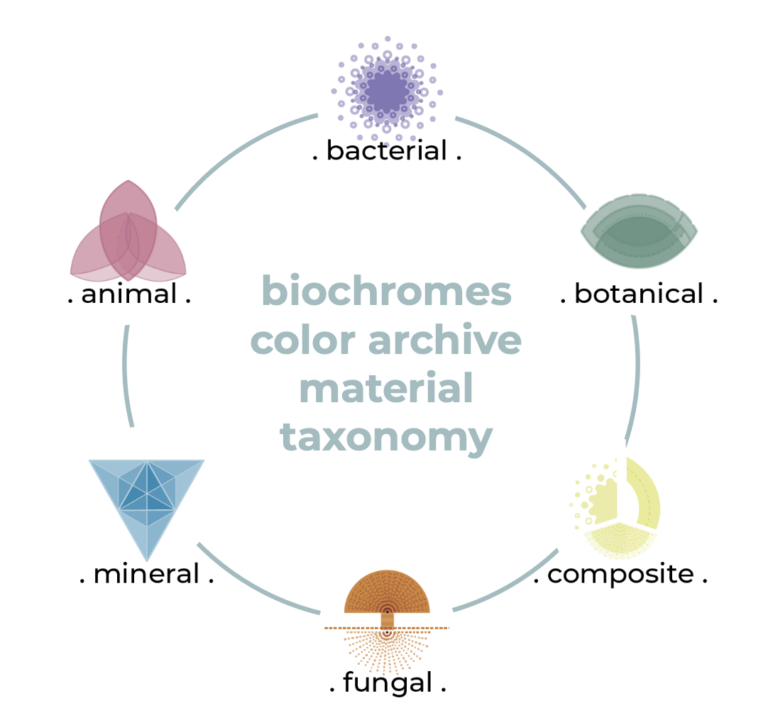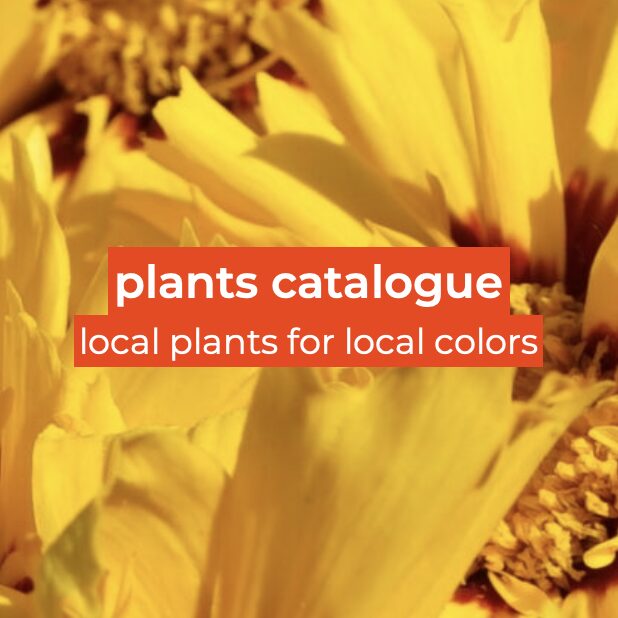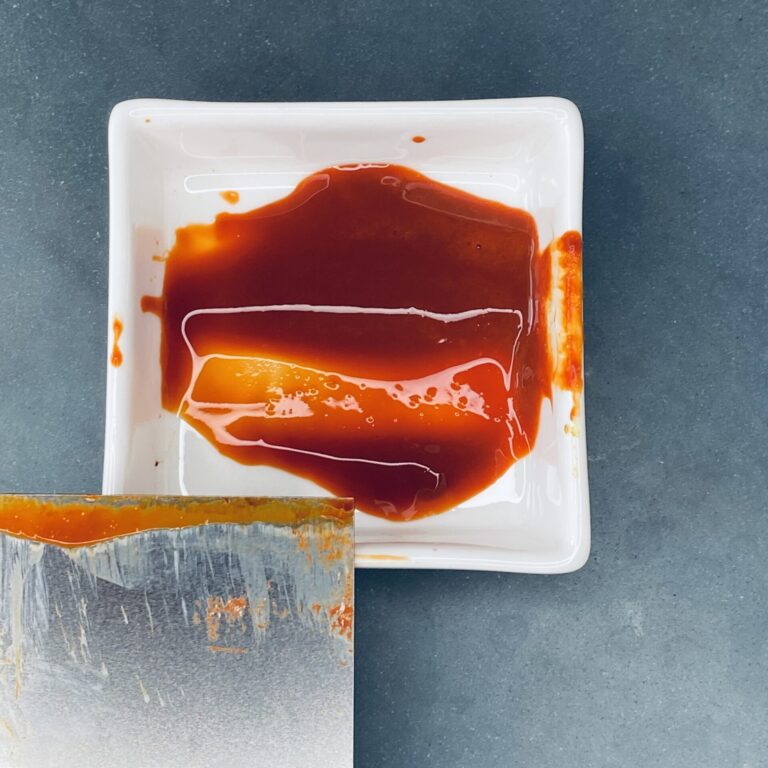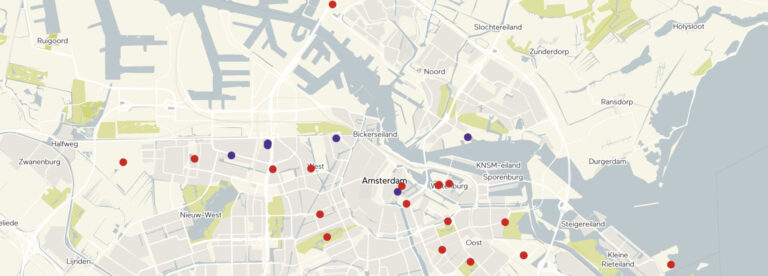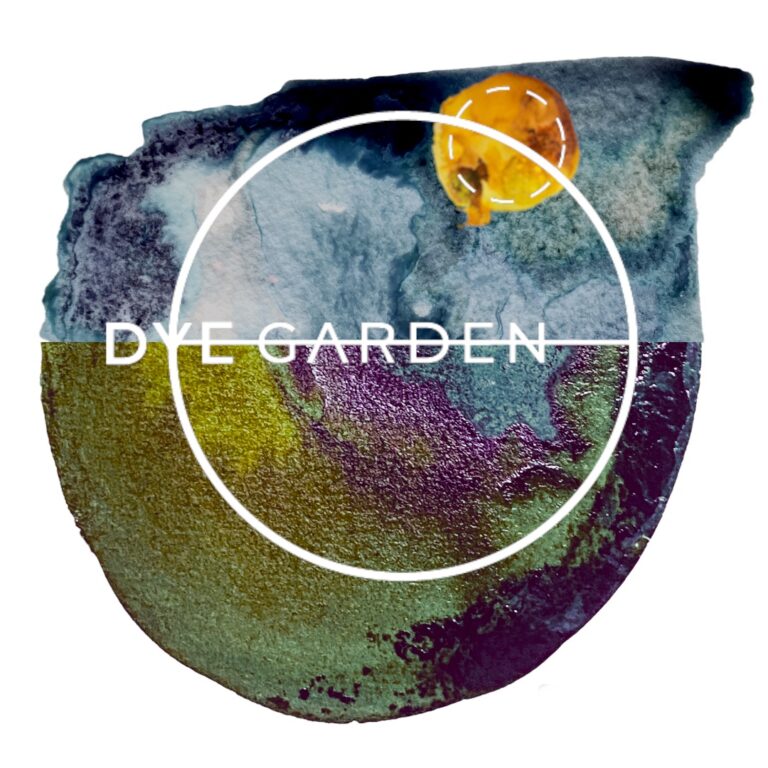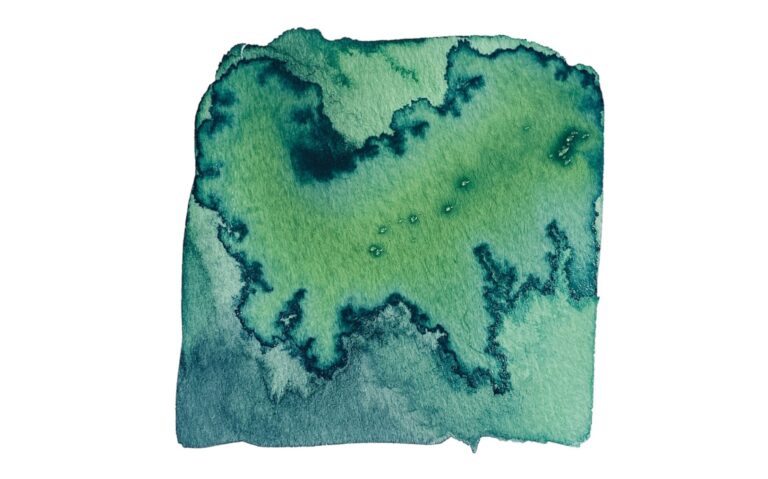Through the materials lens, we explore in a multi-perspective research of what are the conditions, opportunities and relations offered by the matter itself, be it for dyeing, growing, thriving, sustaining or simply relating and passing on stories of out past, present and near future.
To unpack all these elements, we crafted a series of research lines – each a fundamental piece of the puzzle, to support us in seeing the unseen again.
